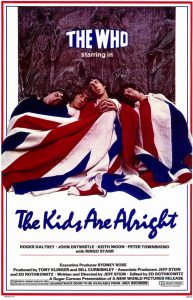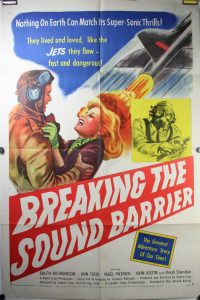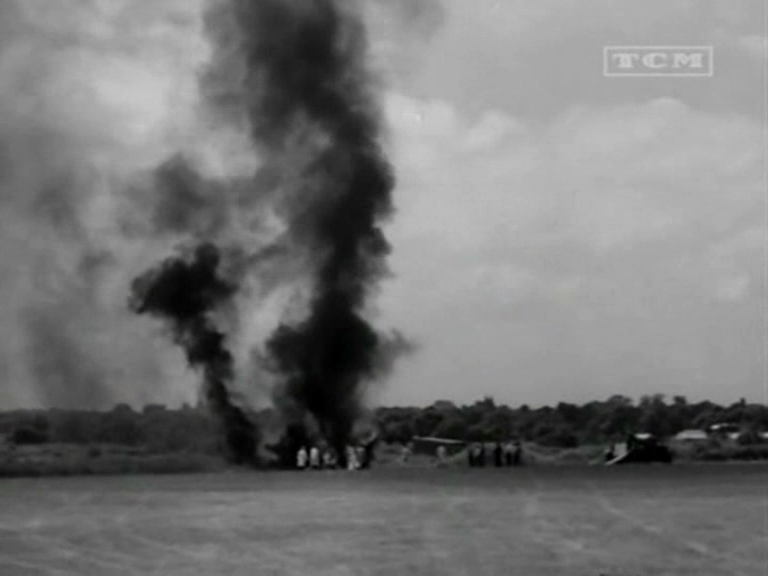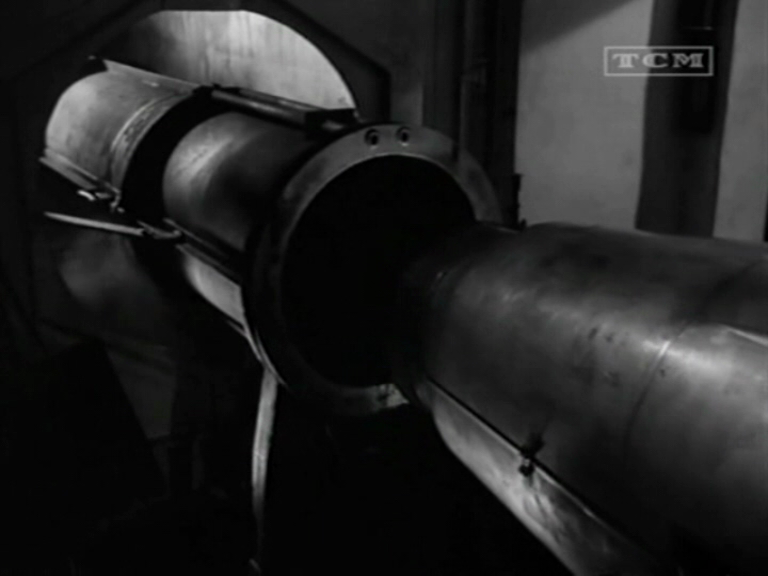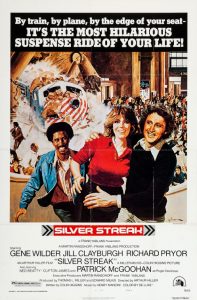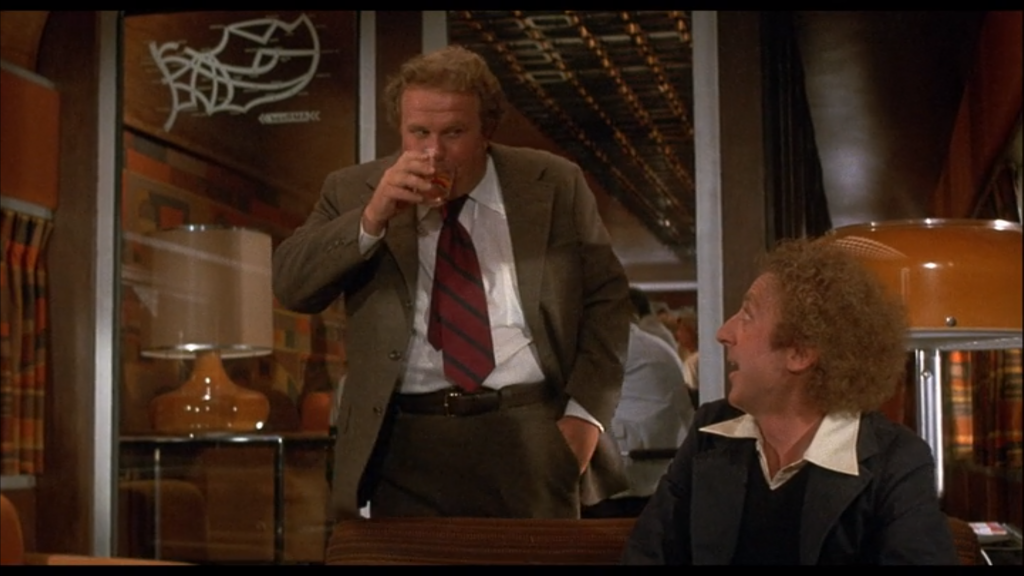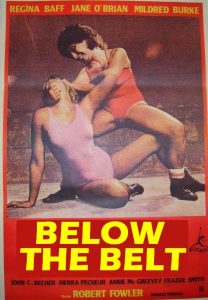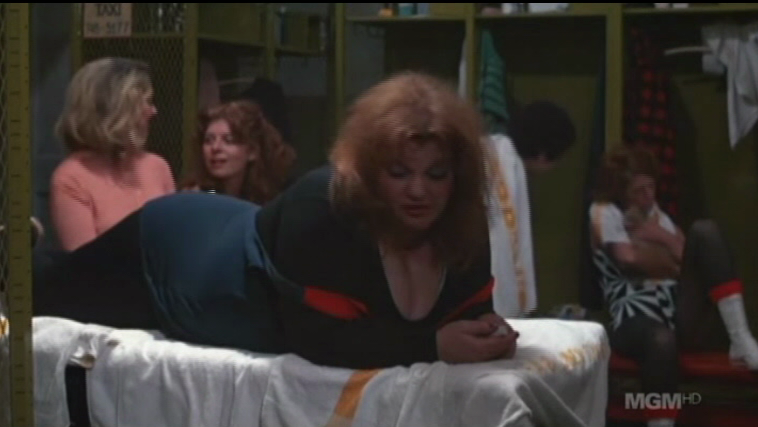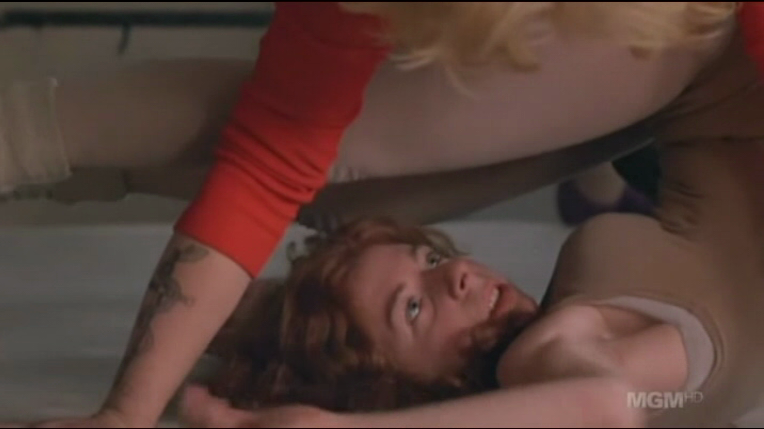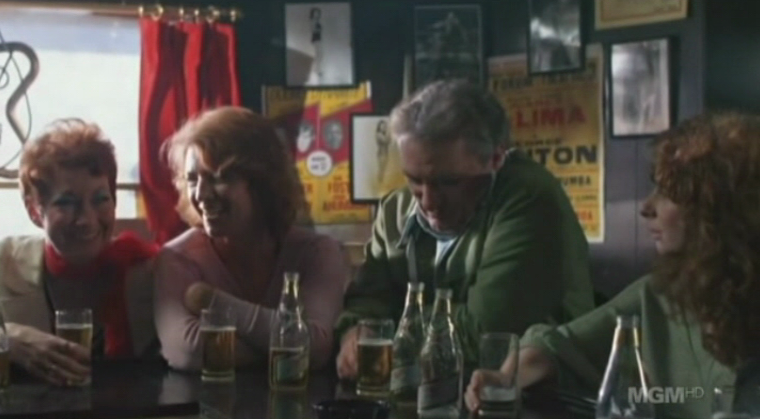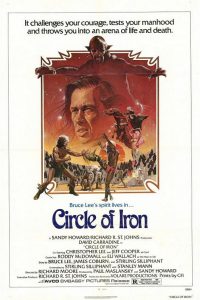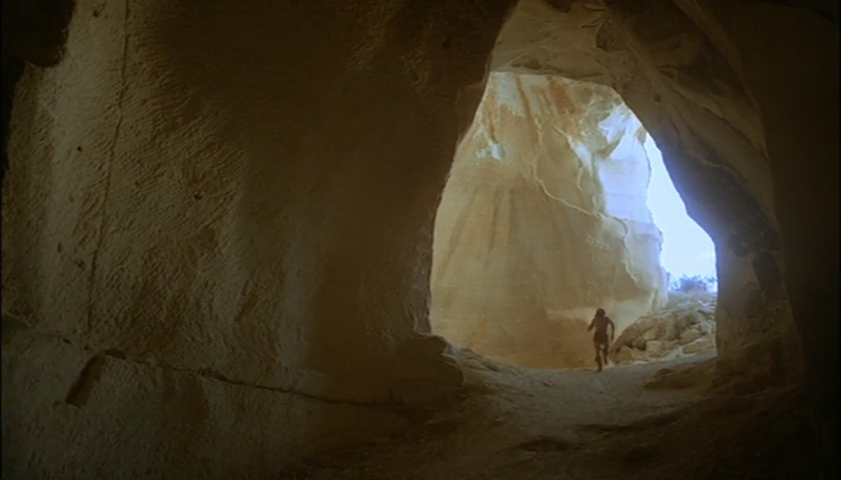|
Genres, Themes, Actors, and Directors:
- Documentary
- Musicians
- Rock and Roll
Response to Peary’s Review:
As Peary writes, this “very good documentary about the early years of the seminal British supergroup The Who” contains “interview material” that is “kept brief and doesn’t interfere with the group’s many songs, taken from concert footage, television appearances, and studio jam sessions”. We get an excellent sense of the four band members’ irreverent humor, as well as their diverse personalities: charming Daltrey (that hair! those abs!), dynamic Townshend (his energy and talent — and nose — are truly one-of-a-kind), goofy Moon (never not clowning on camera), and aloof Entwistle (static in comparison with his band-mates). Peary notes that throughout the non-linear film, “we see the group age and their style of dress switch from mod to flamboyant to casual, but if anything, their energy level picks up, their songs become louder, their musicianship becomes more complex, and their anarchic style, typified by Pete Townshend smashing his guitars and Keith Moon his drums, becomes less an angry, ostentatious gesture than a way they can properly convey the artist’s/musician’s need for completely free self-expression”.
I’m not positive about the veracity of the latter assertion, especially given the following rather cynical quote by young Townshend early in the group’s career:
You have to resign yourself to the fact that a large part of the audience is sort of thick, you know, and don’t appreciate quality, however much you try and put it over. The fact is that our group isn’t… hasn’t got any quality. It’s just musical sensationalism.
as well as the film’s closing quote by an older Townshend (see beginning of this review), which continues as follows:
It’s not people just saying, “Listen, you’ll disappoint your fans if you don’t go on. The show must go on. You must go on, otherwise all those people will be so upset.” It’s, “You’ve got to go on, man. Otherwise, all those kids, they’ll be finished. They’ll have nothing to live for.” That’s rock and roll.
With that said, this final interview clip is followed by an enjoyably energetic and well-staged performance of “Won’t Get Fooled Again”, and surprisingly touching shots of the band embracing their adoring fans on-stage — thus making it seem like these men truly are playing for the enjoyment they bring to their fans (and continue to do so today).
Note: According to Wikipedia, the deeply drug-addicted “Moon… died one week after seeing the rough cut [of this documentary] with Daltrey.”
Redeeming Qualities and Moments:
- Valuable, enjoyable footage of the group’s dynamic performance style and audience appeal





Must See?
No, but I think most film fanatics will want to check it out simply for general cultural interest and rockin’ music.
Links:
|
